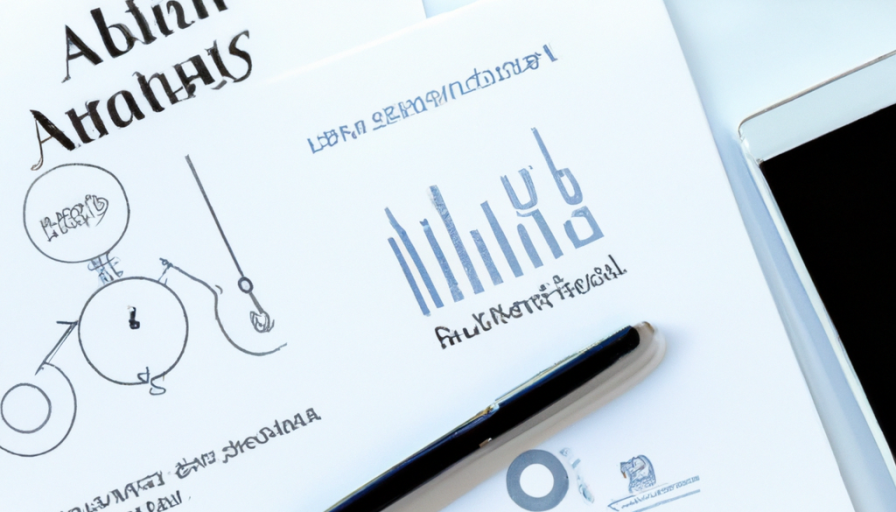AI Powered Automation for Risk Management
In today’s fast-paced and ever-changing business landscape, effective risk management is crucial for the success and sustainability of any organization. As risks become more complex and diverse, companies are increasingly turning to artificial intelligence (AI) powered automation to enhance their risk management processes. This cutting-edge technology offers numerous benefits, such as improved accuracy, efficiency, and decision-making capabilities. In this article, we will explore the transformative power of AI in risk management and how it is reshaping the way organizations mitigate and address risks.
The Role of AI in Risk Management
AI refers to the development of intelligent machines and systems that can perform tasks requiring human-like intelligence. When applied to risk management, AI technologies, such as machine learning, natural language processing, and predictive analytics, enable organizations to automate various processes and gain valuable insights from vast amounts of data. Let’s delve into the different ways AI is revolutionizing risk management:
1. Risk Identification and Assessment
AI-powered automation helps organizations identify and assess risks more effectively by analyzing vast amounts of data from internal and external sources. By leveraging sophisticated algorithms, AI systems can quickly identify patterns, trends, and anomalies that humans may overlook. This enables organizations to proactively identify potential risks and take appropriate measures to mitigate them.
2. Fraud Detection and Prevention
Fraudulent activities can have severe consequences for businesses, resulting in financial losses and reputational damage. AI-powered systems can analyze large volumes of data in real-time to detect patterns indicative of fraudulent behavior. By continuously monitoring transactions, AI can identify unusual activities and alert risk management teams, enabling them to respond promptly and prevent potential fraud.
3. Scenario Modeling and Predictive Analytics
AI enables risk managers to conduct scenario modeling and predictive analytics to anticipate potential risks and their potential impact. By analyzing historical data and applying advanced algorithms, AI systems can simulate different scenarios and predict the likelihood and severity of various risks. This empowers organizations to make informed decisions and develop effective risk mitigation strategies.
4. Compliance and Regulatory Risk Management
Compliance with complex and ever-changing regulations is a significant challenge for organizations across various industries. AI can automate the monitoring and analysis of regulatory changes, helping organizations stay up-to-date with the latest compliance requirements. AI-powered automation can also ensure that organizations adhere to regulatory guidelines by continuously monitoring transactions, detecting any potential violations, and generating real-time alerts.
5. Cybersecurity Risk Management
In today’s digital age, cybersecurity risks are a top concern for organizations worldwide. AI plays a crucial role in enhancing cybersecurity by continuously monitoring networks, identifying potential threats, and responding rapidly to mitigate risks. AI-powered automation can also detect and respond to emerging cyber threats in real-time, reducing the time taken to detect and respond to security incidents.
Benefits of AI Powered Automation in Risk Management
The adoption of AI-powered automation in risk management offers several significant benefits:
1. Improved Accuracy and Efficiency
AI systems can process and analyze vast amounts of data with unparalleled speed and accuracy, significantly reducing the potential for human errors. By automating routine and repetitive tasks, AI frees up risk management professionals to focus on more strategic activities. This not only enhances efficiency but also enables organizations to make better-informed decisions based on reliable and accurate insights.
2. Enhanced Decision-Making Capabilities
AI-powered systems provide risk managers with real-time insights and predictive analytics, enabling them to make data-driven decisions. By leveraging historical data and advanced algorithms, AI can identify emerging risks and provide actionable recommendations. This empowers risk management teams to respond swiftly and effectively to mitigate risks and capitalize on opportunities.
3. Cost Savings
Implementing AI-powered automation in risk management can lead to significant cost savings for organizations. By automating time-consuming tasks and reducing the reliance on manual processes, companies can optimize resource allocation and streamline operations. Additionally, AI can assist in identifying cost-saving opportunities by identifying areas where risks can be mitigated more effectively and efficiently.
4. Scalability and Flexibility
AI-powered systems can scale effortlessly to handle large volumes of data and adapt to changing business needs. As organizations grow and evolve, AI can seamlessly accommodate increased data complexity and provide scalable solutions. This flexibility ensures that risk management processes remain efficient and effective, even in the face of rapid organizational expansion.
Conclusion
AI-powered automation is transforming the field of risk management, enabling organizations to proactively identify, assess, and mitigate risks more effectively and efficiently. By harnessing the power of AI technologies, businesses can enhance accuracy, efficiency, and decision-making capabilities in risk management processes. From risk identification and assessment to fraud detection, scenario modeling, and compliance management, AI offers valuable insights and automation that can revolutionize risk management practices. Embracing AI-powered automation in risk management is no longer a choice; it is a necessity for organizations looking to thrive in today’s dynamic and challenging business environment.


